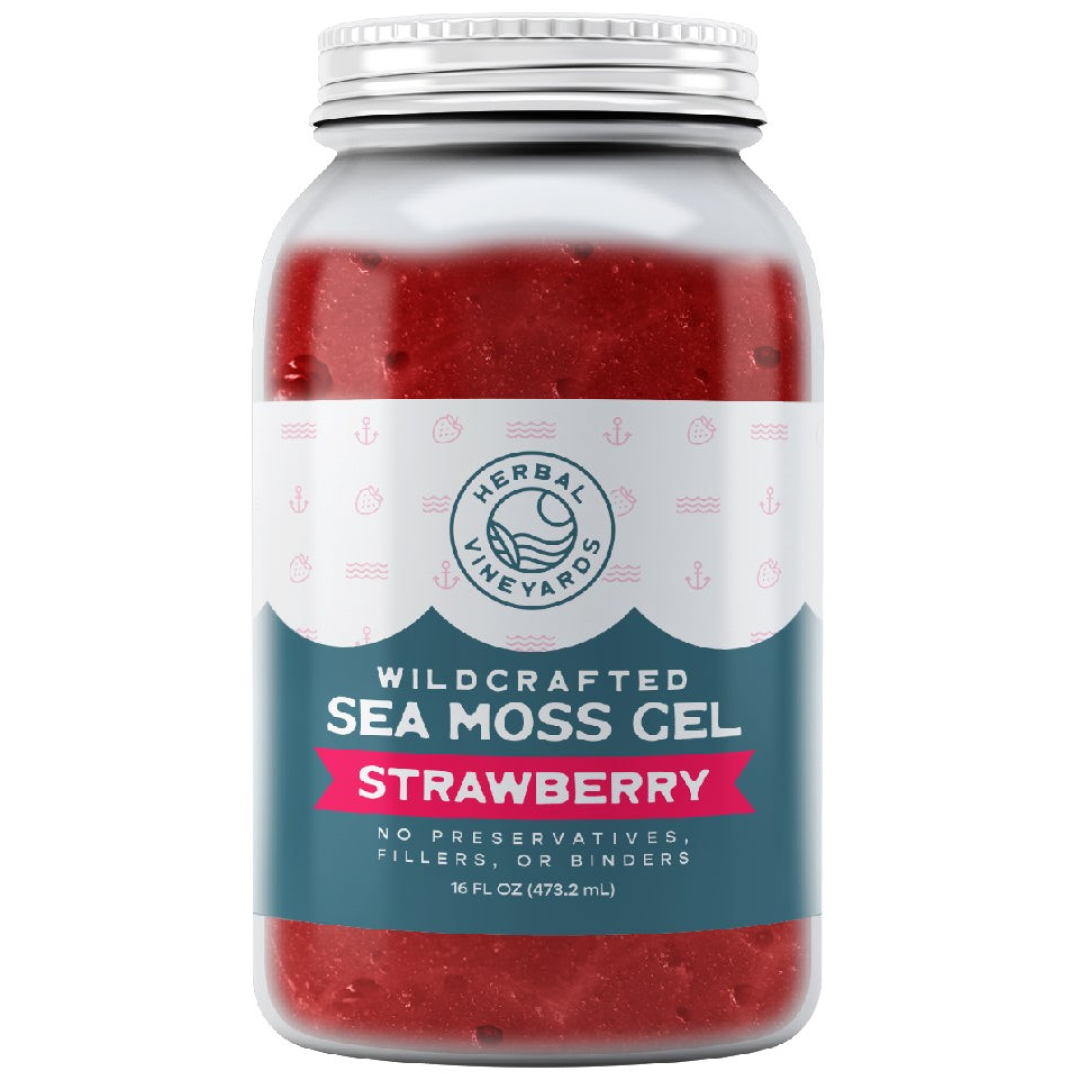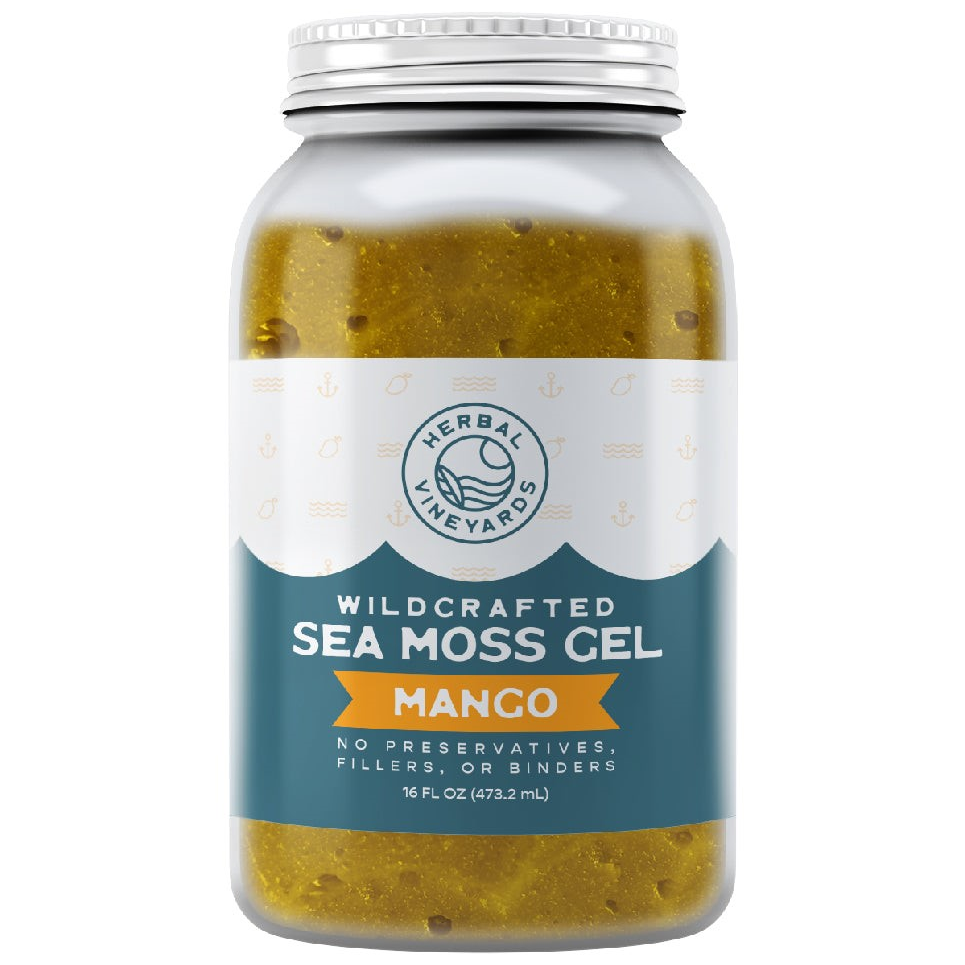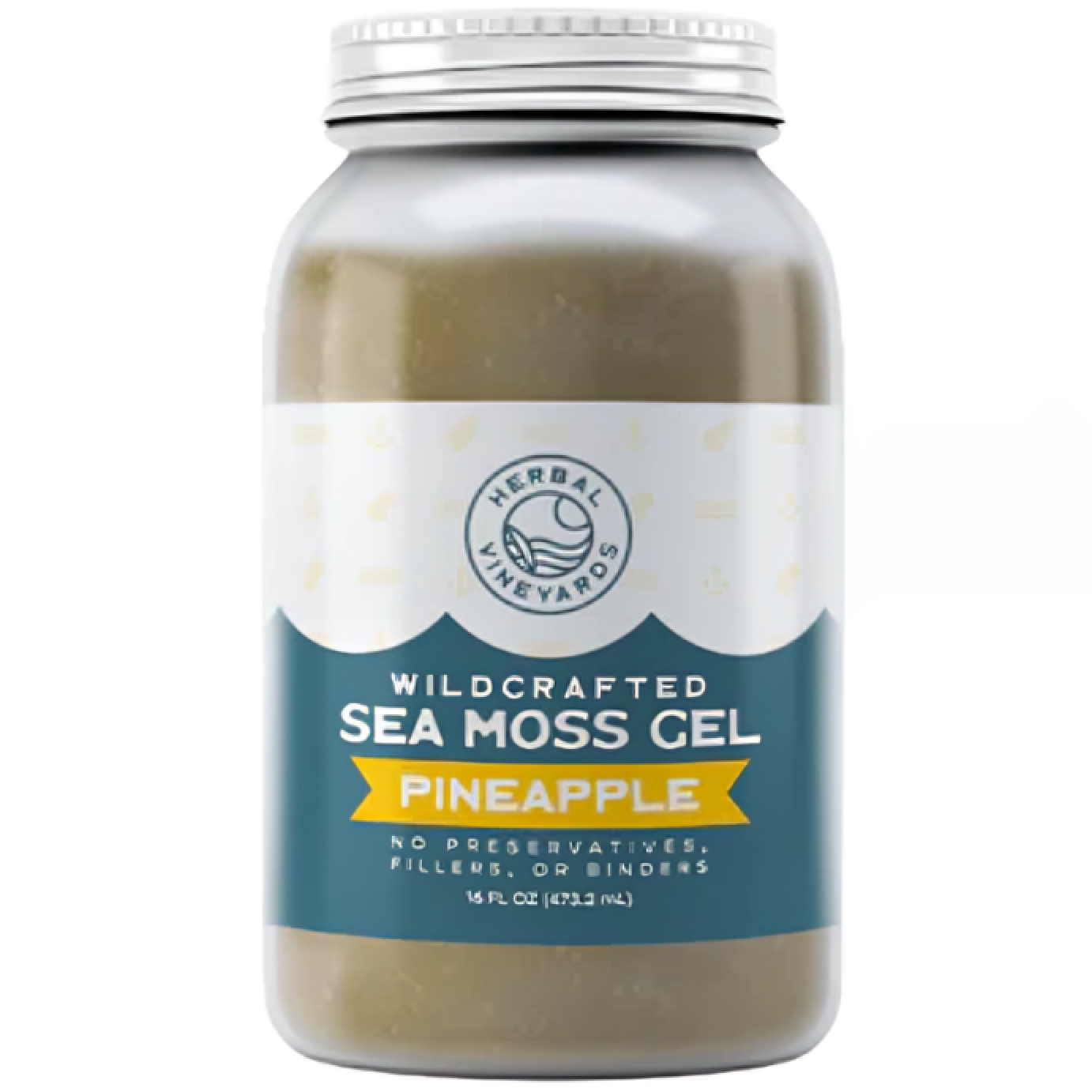Sea Moss vs. Shilajit: Benefits, Sources, and Consumption
Regular exercise, balanced nutrition, adequate hydration, consistent sleep patterns, and mindfulness and stress management are the 5 essential habits of health-conscious individuals. The benefits of the remaining 4 habits are impossible without healthy food choices with balanced nutrition. Healthy diet choices also help reduce the risks of many prevalent health problems. A diet containing nuts, fruits, vegetables and whole grains reduces the risk of cardiovascular health by 14% to 21%. Similarly, healthy diet choices and patterns reduce the risk of type 2 diabetes, cognitive function, mental health problems and depression, and gut health.
Health-conscious people abstain from artificial sweeteners and nutrients. They focus on preventive healthcare. The rising trend of natural ingredients and supplements indicates the growing consumer preferences for safer and more effective diet choices.
Sea moss and shilajit are two naturally occurring substances known for their nutritional content and health benefits. Let’s see the differences between sea moss and shilajit.
What is Shilajit?
Shilajit is a naturally occurring substance that seeps through the cracks in high mountainous regions of Asia in the summer months. In its raw form, this natural superfood mentioned in ancient Indian texts is sticky and shiny. It is a black to dark brown resin. The exact color and makeup depend on the region, temperature, and purity.
What is Sea Moss?
Sea moss is a marine plant that grows in inlets and tidepools year-round along the coastlines of North America, Europe, and the British Isles. It is also known as red seaweed and Irish moss. Carrageenan, a jelly-like substance extracted from red seaweed, is used as a thickener. Sea moss has fanlike fronds.
Sea Moss vs Shilajit
Source
Shilajit
It comes from mountainous regions with specific climatic and geological conditions. These specific conditions include:
- High altitude with harsh environment and lower temperature where plant material decomposes slowly
- Significant temperature fluctuations facilitating the decomposition and the release of plant organic matter
- Pressure and compression of overlying rocks on organic matter from plants
- Mineral-rich rocks
- Microbial activity
The following are the primary sources of shilajit:
- Himalayas (India, Nepal and Bhutan)
- Altai Mountains (Russia, Mongolia, and Kazakhstan)
- Andes Mountains (Peru)
- Caucasus Mountains (Georgia and Armenia)
The finest quality shilajit comes from the Himalayan region as there is no match for its purity, quality, and potency.
Sea Moss
Sea moss grows in cooler ocean temperatures in nutrient-rich and shallow waters. Some varieties grow in warmer waters. High-quality seaweed grows in specific conditions, including:
- Water rich in phosphorus and nitrogen
- Contaminants and pollution-free, clean water
- Appropriate salinity
- Moderate currents and tides to prevent sediment accumulation
- Rocky surface
- Shallow waters with exposure to sunlight
Sea moss naturally grows in the following regions:
- North Atlantic (Scotland, Ireland, and North American coastal regions such as Canada and Maine)
- Caribbean (Jamaica, St. Lucia, and Grenada)
The best quality sea moss with a rich nutrient profile comes from the Caribbean.
Smell, Taste and Texture
Shilajit
Shilajit has a strong, earthy aroma. The intense smell resembles the mix of smoky and earthy odors of a decayed plant. It has an earthy and somewhat bitter taste. Pure shilajit is a black or dark brown resin that is sticky with a tar-like consistency. It is slightly pliable.
Sea Moss
The oceanic aroma of sea moss is noticeable but not overpowering. It smells like brine or sea. It has a slightly briny or salty taste. Dried Sea moss has a brittle texture. Cooked or soaked sea moss is slightly slimy.
Nutrient Content
Shilajit
Shilajit gets its nutrient-rich profile through a long process in the mountainous regions. Decomposed plants and microbial material transform into shilajit under heat and the immense pressure of rocks. The interaction between the organic matter and mineral-rich rocks makes shilajit rich in the following nutrients:
- Minerals (fulvic acid, humic acid, iron, calcium, magnesium, potassium, zinc, copper and manganese)
- Vitamins (Vitamin B1, B2, B3, B6, and B12)
- Amino Acids
- Antioxidants
- Dibenzo-alpha-pyrones (offering neuroprotective and anti-aging effects)
Sea Moss
Sea moss gets its impressive nutrient profile by absorbing nutrients and minerals from the nutrient-rich seawater. Decomposed organic matter is another source of nutrients for sea moss.
Sea moss has the following essential nutrients:
- Vitamins (vitamin A, vitamin C, vitamin K, vitamin B1, vitamin B2, vitamin B3, vitamin B6 and vitamin B12)
- Minerals (iodine, calcium, magnesium, potassium, iron, zinc and sodium)
- Amino acids
- Antioxidants
- Fiber
- Polysaccharides
Health Benefits
Shilajit
Shilajit offers the following health benefits:
Energy and Stamina
Fulvic acid makes nutrient absorption more efficient, which increases energy and stamina.
Cognitive Function
Nutrients like fulvic acid improve memory, enhance mental clarity, and support cognitive function.
Anti-aging
Antioxidants prevent cell damage and combat oxidative stress to support cellular health and slow aging.
Immune Support
Antioxidant and mineral content make the body resilient to disease and infections by strengthening the immune system.
Bone Health
Shilajit is known for improving joint function and bone health. It is beneficial for people suffering from conditions like arthritis.
Digestive Health
Shilajit promotes a healthy digestive system by improving the body's nutrient absorption ability.
Testosterone Levels
Studies show that shilajit helps improve muscle mass, libido, and overall vitality.
Heart Health
Shilajit reduces inflammation and improves circulation, which supports heart health.
Stress Reduction
The adaptogenic properties of shilajit help with better stress management. It also regulates cortisol levels to reduce the effects of stress.
Detoxification
Fulvic acid detoxifies the body by removing heavy metals and toxins.
Sea Moss
Sea moss offers the following health benefits:
Digestive Health
Sea moss contains dietary fiber that helps improve digestion, soothes the digestive system, promotes bowel movements, and improves the gut microbiome.
Immune Support
The antioxidants and nutrient content of sea moss strengthen the immune system and help the body fight illnesses and infections.
Skin Health
Vitamin A, vitamin C, and other minerals promote hydration and collagen production and improve overall skin health.
Thyroid Function
The iodine content of sea moss regulates hormones, improves metabolism, and increases energy levels by supporting thyroid function.
Weight Management
The fiber content of sea moss increases the feeling of fullness. This reduces calorie intake and helps with weight management.
Bone Health
The magnesium and calcium content of sea moss reduces the risk of joint pain and osteoporosis by improving bones and joint health.
Detoxification
Sea moss removes toxins and supports kidney function to aid detoxification.
Anti-Inflammatory Effects
The anti-inflammatory properties of the sea moss reduce inflammation and alleviate arthritis symptoms.
Energy and Vitality
The essential nutrients and minerals of sea moss improve energy levels which boosts endurance and combats fatigue.
How to Identify Pure Shilajit
The following are the key factors and tests to identify pure shilajit:
Texture and Appearance
Pure shilajit is resin-like with a tarry appearance. It is typically black to dark brown and becomes gummy and sticky at room temperature.
Smells
Pure shilajit has an earthy, pungent smell like decayed plant material.
Taste
It has a bitter and metallic taste. However, the taste depends on the substance mixed with shilajit.
Solubility
Dissolving pure shilajit in warm water leaves no residue.
Flame Test
Burning shilajit does not produce a lot of smoke leaving behind minimal ash.
Water Test
Dissolving a small amount of pure shilajit creates a cloudy solution.
How to Identify Pure Sea Moss
The following factors and tests help in identifying pure sea moss:
Color and Appearance
The color ranges from golden to light brown. Pure sea moss has a natural-looking and consistent color. Its texture can be spongy and firm, and it becomes gelatinous when soaked.
Smell
It has a mild, seaweed-like smell.
Taste
Pure sea moss has a briny taste.
Soaking Test
Soaking sea moss makes it swell. It does not release a large amount of particles.
How to Consume Shilajit
- About 250 mg of shilajit resin can be consumed directly.
- Shilajit can be consumed by dissolving the same amount of shilajit in water.
- It can also be dissolved in milk, tea, coffee, or honey.
- Shilajit supplements also come in the form of shilajit tablets and capsules.
- It can also be mixed into soups, yogurt, smoothies, and other foods.
How to Consume Sea Moss
Sea Moss Gel
Add 1-2 tablespoons of sea moss gel to sauces, soups, juices, or smoothies. Many recipes use sea moss gel as a thickening agent. Explore our Sea Moss Gel collection and shop the best products!
Sea Moss Powder
Add 1 teaspoon of the powder to beverages such as juices or smoothies. The powder can also be added to baked goods and soups.
Sea Moss Capsules
Sea moss also comes in tablets or capsules. Follow the manufacturer’s instructions for taking sea moss capsules. Check out our Sea Moss Capsules.
Raw Sea Moss
Soak raw Irish moss in water for 12-24 hours. Now rinse it to make gel and use it in various recipes. Explore our Raw Sea Moss.
Conclusion
So, shall you consume Irish sea moss or shilajit? Consider the benefits of shilajit vs. sea moss to make the right choice. Adulterated shilajit and sea moss can have side effects, so it is important to ensure the purity of the product.







